Home>Home Appliances>Kitchen Appliances>How To Make Onion Powder With A Dehydrator
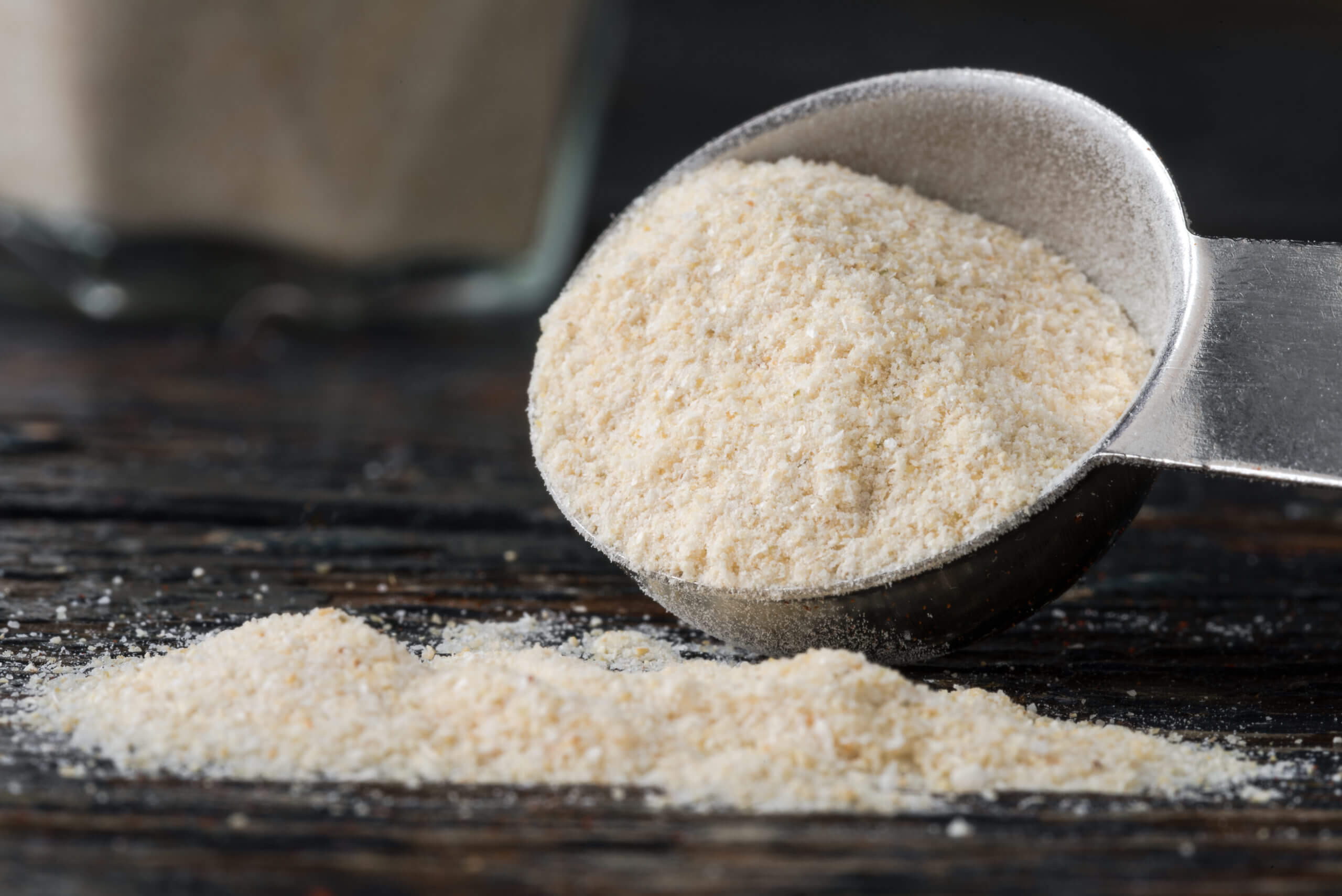

Kitchen Appliances
How To Make Onion Powder With A Dehydrator
Modified: August 26, 2024
Learn how to make onion powder using a dehydrator in your kitchen. Discover the best techniques and tips for using kitchen appliances to create homemade onion powder. Elevate your cooking with this essential ingredient.
(Many of the links in this article redirect to a specific reviewed product. Your purchase of these products through affiliate links helps to generate commission for Storables.com, at no extra cost. Learn more)
Introduction
Welcome to the world of homemade seasonings! If you're a passionate cook or simply someone who loves experimenting in the kitchen, making your own onion powder can be a rewarding and economical endeavor. Not only does it allow you to customize the flavor to your liking, but it also ensures that you're using a pure, preservative-free product.
In this guide, we'll walk you through the step-by-step process of creating onion powder using a dehydrator. By following these instructions, you'll be able to produce a high-quality seasoning that can elevate the taste of various dishes, from soups and stews to marinades and rubs.
Creating your own onion powder may seem like a daunting task at first, but with the right guidance and a bit of patience, you'll soon discover that it's a straightforward and enjoyable process. Plus, the satisfaction of using a homemade ingredient in your culinary creations is truly unmatched.
So, let's roll up our sleeves, gather our ingredients and equipment, and embark on this flavorful journey of making onion powder from scratch. Get ready to fill your kitchen with the irresistible aroma of dried onions and revel in the joy of crafting a versatile seasoning that will undoubtedly become a staple in your pantry.
Key Takeaways:
- Making onion powder with a dehydrator is a rewarding and straightforward process that allows you to customize flavors and elevate your dishes with a pure, preservative-free seasoning.
- By carefully preparing, dehydrating, and grinding onions, you can create a versatile and aromatic homemade seasoning that enhances the flavors of various recipes while deepening your connection to culinary artistry.
Read more: How To Dehydrate Onions In A Dehydrator
Gathering Ingredients and Equipment
Before diving into the onion powder-making process, it’s essential to gather all the necessary ingredients and equipment. Here’s what you’ll need:
Ingredients:
- Fresh onions: Choose high-quality onions that are firm and free of blemishes. Yellow onions are commonly used for making onion powder, but you can also experiment with red or white onions to impart different flavor profiles.
Equipment:
- Dehydrator: A food dehydrator is the key tool for efficiently drying the onions while preserving their flavor and nutrients. If you don't have a dehydrator, you can use an oven set to a low temperature, but a dehydrator is recommended for the best results.
- Sharp knife or mandoline: To slice the onions evenly, a sharp knife or a mandoline will come in handy. Consistent slicing ensures that the onions dehydrate uniformly.
- Cutting board: Use a clean, sturdy cutting board as your workspace for preparing the onions.
- Airtight containers: Once the onion powder is ready, you'll need airtight containers for storing it to maintain its freshness and potency.
- Spice grinder or coffee grinder: A spice grinder or coffee grinder is essential for pulverizing the dehydrated onions into a fine powder. Make sure it's clean and dry before use.
With these ingredients and equipment at your disposal, you’re all set to begin the onion powder-making process. It’s time to transform fresh onions into a versatile and aromatic seasoning that will enhance the flavor of your favorite dishes.
Preparing the Onions
Now that you have all the necessary ingredients and equipment assembled, it’s time to prepare the onions for dehydration. Follow these steps to ensure that your onions are ready for the next stage of the process:
Read more: How To Make Beet Powder Without A Dehydrator
1. Selecting and Cleaning the Onions:
Choose fresh, firm onions that are free of soft spots or mold. It’s best to use onions that are uniform in size to promote even drying. Upon selecting your onions, gently rinse them under cold water to remove any dirt or debris. Pat them dry with a clean kitchen towel or paper towels.
2. Peeling and Slicing:
Using a sharp knife or a mandoline, carefully peel the onions and remove the outermost layer. Then, slice the onions into consistently thin pieces. A mandoline can help achieve uniform slices, but if you’re using a knife, aim for slices that are approximately 1/8 inch thick. Consistent slicing ensures that the onions dehydrate evenly, resulting in a uniform texture for the powder.
3. Preparing for Dehydration:
Arrange the sliced onions in a single layer on the dehydrator trays, ensuring that there is ample space between the slices for air circulation. This promotes efficient drying and prevents the onions from sticking together. Once the trays are loaded, it’s time to move on to the dehydration process.
By meticulously preparing the onions for dehydration, you’re laying the foundation for creating high-quality onion powder. The care and attention given to this step will reflect in the flavor and consistency of the final product. With the onions ready for dehydration, you’re one step closer to transforming them into a versatile seasoning that will elevate your culinary creations.
Dehydrating the Onions
With the onions meticulously prepared and arranged on the dehydrator trays, it’s time to initiate the dehydration process. This step is crucial for removing the moisture from the onions, thereby concentrating their flavor and transforming them into a shelf-stable ingredient. Follow these guidelines to ensure successful dehydration:
1. Setting the Dehydrator:
Refer to the manufacturer’s instructions for your specific dehydrator model. Generally, set the dehydrator to a temperature between 125°F and 135°F (approximately 52°C to 57°C). The low heat gently removes the moisture from the onions while preserving their natural flavor and aroma. Allow the dehydrator to preheat while you load the trays.
2. Dehydrating Time:
The duration of dehydration can vary based on factors such as the thickness of the onion slices, the humidity in your environment, and the dehydrator’s efficiency. Typically, the process takes around 6 to 10 hours. Check the onions periodically, rotating the trays if necessary to ensure uniform drying.
3. Testing for Dryness:
To determine if the onions are adequately dehydrated, perform a simple test. A properly dehydrated onion slice should be brittle and crisp, indicating that it contains minimal moisture. If the slices bend instead of breaking, they require further dehydration. Be cautious not to overdry the onions, as this can lead to a bitter taste.
4. Cooling Period:
Once the onions have reached the desired level of dryness, turn off the dehydrator and allow the slices to cool completely. This cooling period helps to stabilize the dried onions before they are ground into powder.
By meticulously monitoring the dehydration process, you’ll ensure that the onions are dried to perfection, ready to be transformed into a fragrant and flavorful powder. With the dehydrated onions cooling on the trays, you’re on the brink of the final steps that will culminate in the creation of your own aromatic and versatile onion powder.
Read more: How To Store Dehydrated Onions
Grinding the Dehydrated Onions
With the dehydrated onions thoroughly cooled and brittle, it’s time to grind them into a fine powder, unlocking their concentrated flavor and aroma. Follow these steps to achieve the perfect texture for your homemade onion powder:
1. Preparing the Grinder:
Ensure that your spice grinder or coffee grinder is clean and completely dry before use. Any residual moisture can affect the texture and shelf life of the onion powder. If your grinder has adjustable settings, opt for a fine grind to achieve a smooth and uniform powder.
2. Loading the Grinder:
Transfer a manageable quantity of the dehydrated onion slices into the grinder. It’s essential not to overload the grinder, as this can hinder the grinding process and result in an uneven texture. Aim to process the onions in small batches for optimal results.
3. Grinding Process:
Secure the lid of the grinder and pulse or grind the onions until they reach a fine, powdery consistency. If your grinder has a pulse function, utilize it to control the grinding and prevent the powder from overheating. Periodically pause and shake the grinder to ensure that the onions are ground evenly.
Read more: How To Dry Green Onions Without A Dehydrator
4. Sifting (Optional):
If you prefer an ultra-fine texture, consider sifting the freshly ground onion powder through a fine-mesh sieve to remove any remaining larger particles. This step results in a silky-smooth powder that effortlessly blends into various dishes.
5. Resting Period:
Allow the freshly ground onion powder to rest for a few minutes to settle before opening the grinder. This brief resting period helps prevent the release of airborne particles when you remove the lid.
By skillfully grinding the dehydrated onions, you’ve unlocked their concentrated essence, resulting in a fragrant and flavorful powder that’s ready to infuse your culinary creations with its distinctive taste. With the freshly ground onion powder at your fingertips, it’s time to consider the best practices for storing this versatile seasoning to maintain its potency and quality.
Storing Onion Powder
After the meticulous process of creating homemade onion powder, it’s essential to store it properly to preserve its flavor, potency, and shelf life. Follow these guidelines to ensure that your aromatic seasoning remains fresh and ready to enhance your culinary endeavors:
1. Airtight Containers:
Transfer the freshly ground onion powder into clean, dry, and airtight containers. Opt for glass or food-grade plastic containers with secure lids to prevent moisture and air from compromising the powder’s quality. Avoid using containers that previously held moisture-sensitive ingredients, as residual aromas may affect the onion powder’s flavor.
Read more: How To Make A Solar Dehydrator
2. Storage Location:
Choose a cool, dry, and dark storage location for your onion powder containers. Exposure to light, heat, and humidity can diminish the powder’s flavor and potency over time. A pantry or a cupboard away from direct sunlight and heat sources is an ideal storage spot.
3. Labeling:
Clearly label the containers with the date of preparation to track the freshness of the onion powder. Additionally, note the type of onion used, especially if you experiment with different onion varieties. Proper labeling ensures that you can identify and rotate your supply of onion powder efficiently.
4. Usage and Refills:
When using the onion powder in your recipes, scoop out the desired amount with a clean, dry utensil to prevent introducing moisture into the container. Refrain from sprinkling the powder directly from the container over steaming pots, as the steam can lead to clumping and reduce the powder’s quality over time.
5. Shelf Life:
When stored in optimal conditions, homemade onion powder can maintain its flavor and potency for up to 6 months to 1 year. Regularly assess the aroma and flavor of the powder to ensure its quality, especially as it approaches the latter part of its shelf life.
By meticulously storing your homemade onion powder, you’ll ensure that it remains a prized ingredient in your culinary repertoire, ready to impart its distinctive flavor to a myriad of dishes. With the storage of the onion powder expertly managed, let’s explore some valuable tips and tricks to enhance your onion powder-making journey and culinary creations.
Read more: How To Make Yogurt In A Dehydrator
Tips and Tricks
As you embark on the journey of making onion powder with a dehydrator, consider these valuable tips and tricks to elevate your experience and the quality of your homemade seasoning:
1. Flavor Variations:
Experiment with different onion varieties, such as sweet onions or shallots, to create unique flavor profiles for your onion powder. Each variety lends its distinct aroma and taste, allowing you to tailor the seasoning to your preferences and culinary creations.
2. Precautions for Grinding:
Avoid grinding the dehydrated onions in a grinder that has previously processed pungent spices, as residual flavors can transfer to the onion powder. If necessary, thoroughly clean the grinder before use to maintain the purity of the powder’s flavor.
3. Incorporating Other Ingredients:
Consider infusing additional flavors into your onion powder, such as dried herbs or spices, to create custom blends that complement specific dishes. For example, adding dried thyme or rosemary to the onion powder can enhance its versatility in various recipes.
Read more: How To Make Biltong With A Dehydrator
4. Quality of Onions:
Utilize fresh, high-quality onions for the best results. The flavor and aroma of the finished powder are greatly influenced by the initial quality of the onions. Opt for locally sourced or organic onions when possible for optimal flavor.
5. Testing Small Batches:
When experimenting with new flavor combinations or onion varieties, start by processing small batches to assess the results. This approach allows you to refine your techniques and flavor preferences before committing to larger quantities.
6. Utilizing in Recipes:
Explore the versatility of onion powder by incorporating it into a myriad of recipes, including soups, sauces, marinades, and dry rubs. Its concentrated flavor and ease of use make it a valuable addition to both simple and elaborate dishes.
By embracing these tips and tricks, you’ll enrich your onion powder-making journey and expand the possibilities for infusing your culinary creations with the distinctive essence of homemade seasoning. As you integrate these insights into your process, you’ll further enhance the quality and versatility of your onion powder, elevating your culinary repertoire.
Conclusion
Congratulations on successfully mastering the art of making onion powder with a dehydrator! Through this enriching culinary endeavor, you’ve ventured into the realm of crafting a versatile and aromatic seasoning that holds the potential to elevate a myriad of dishes. The journey from selecting fresh onions to delicately grinding them into a fragrant powder has not only resulted in a valuable pantry staple but also deepened your connection to the flavors and aromas of your culinary creations.
By meticulously preparing, dehydrating, grinding, and storing the onions, you’ve harnessed the essence of this humble ingredient, transforming it into a concentrated form that embodies both convenience and quality. The process of creating homemade onion powder has empowered you to customize flavors, experiment with variations, and infuse your culinary repertoire with a touch of personal artistry.
As you savor the satisfaction of using your own aromatic seasoning in recipes, remember the invaluable tips and tricks that enhance the quality and versatility of your onion powder. Whether you’re crafting savory soups, robust marinades, or delectable dry rubs, your homemade onion powder is poised to become an indispensable ingredient, enriching the flavors of your culinary creations.
Embrace the creativity and experimentation that come with making your own seasoning, and relish the delightful aromas that permeate your kitchen as you embark on future culinary adventures. With your newfound expertise in crafting onion powder, you’ve not only expanded your culinary skill set but also cultivated a deeper appreciation for the transformative power of homemade ingredients.
So, as you embark on your next culinary endeavor, armed with your aromatic and flavorful homemade onion powder, may your creations be infused with the essence of your passion for cooking and the joy of crafting ingredients from scratch.
Frequently Asked Questions about How To Make Onion Powder With A Dehydrator
Was this page helpful?
At Storables.com, we guarantee accurate and reliable information. Our content, validated by Expert Board Contributors, is crafted following stringent Editorial Policies. We're committed to providing you with well-researched, expert-backed insights for all your informational needs.
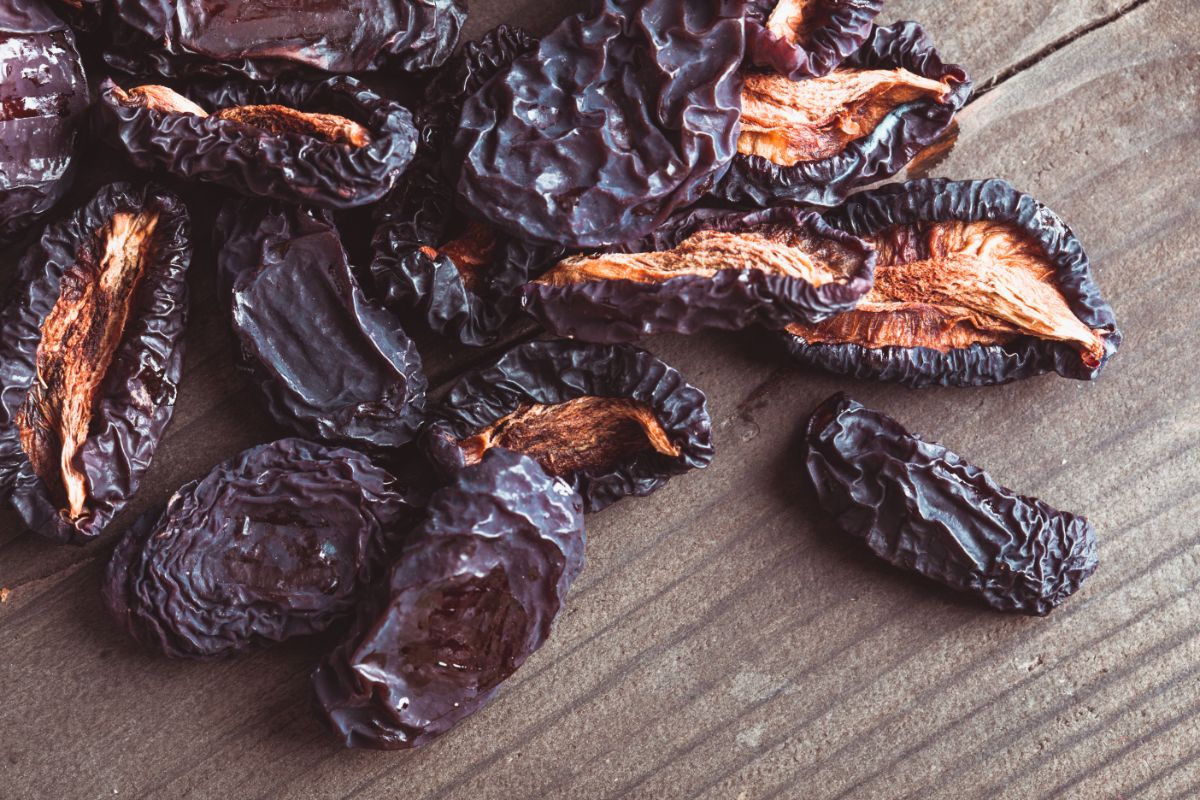
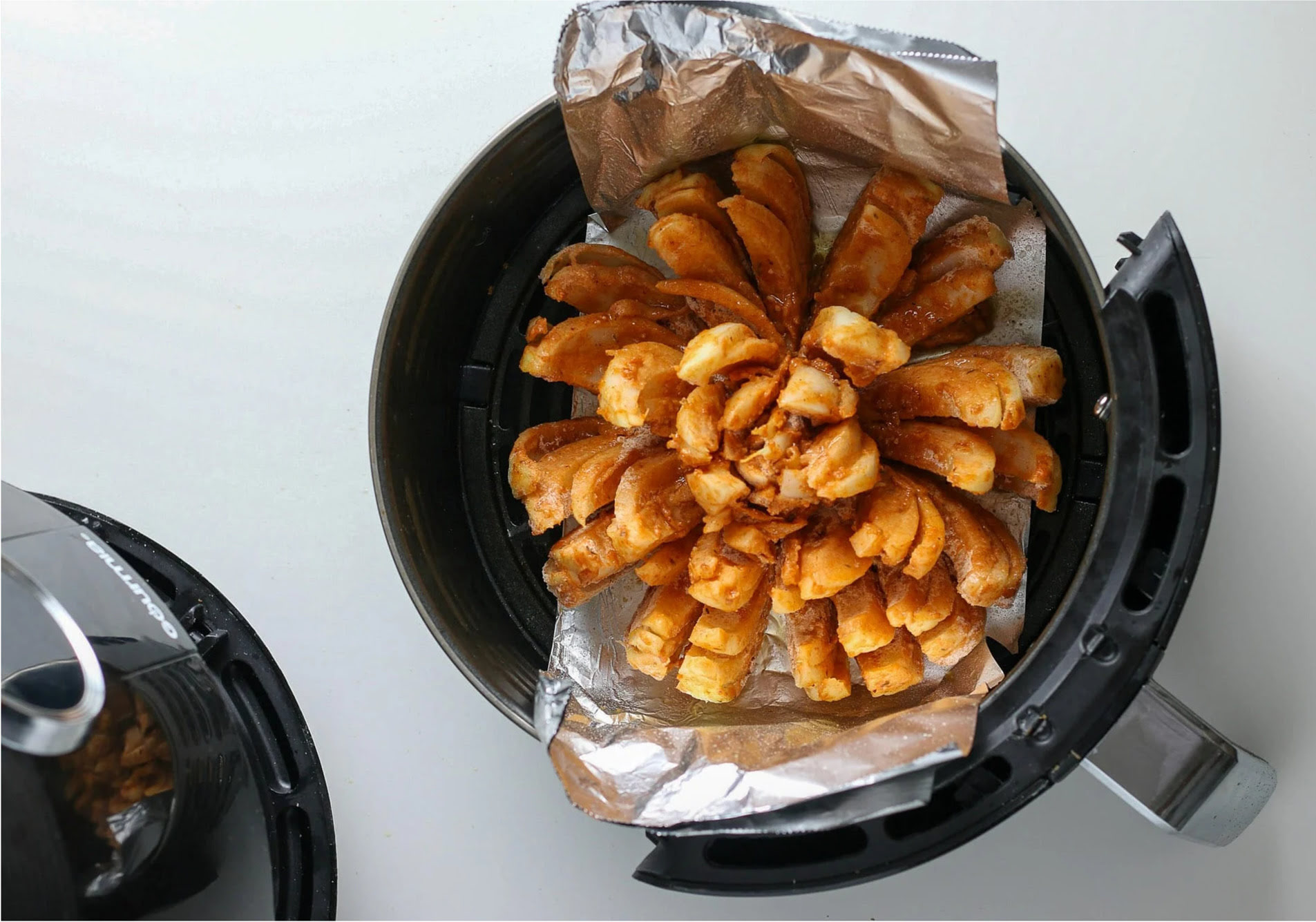
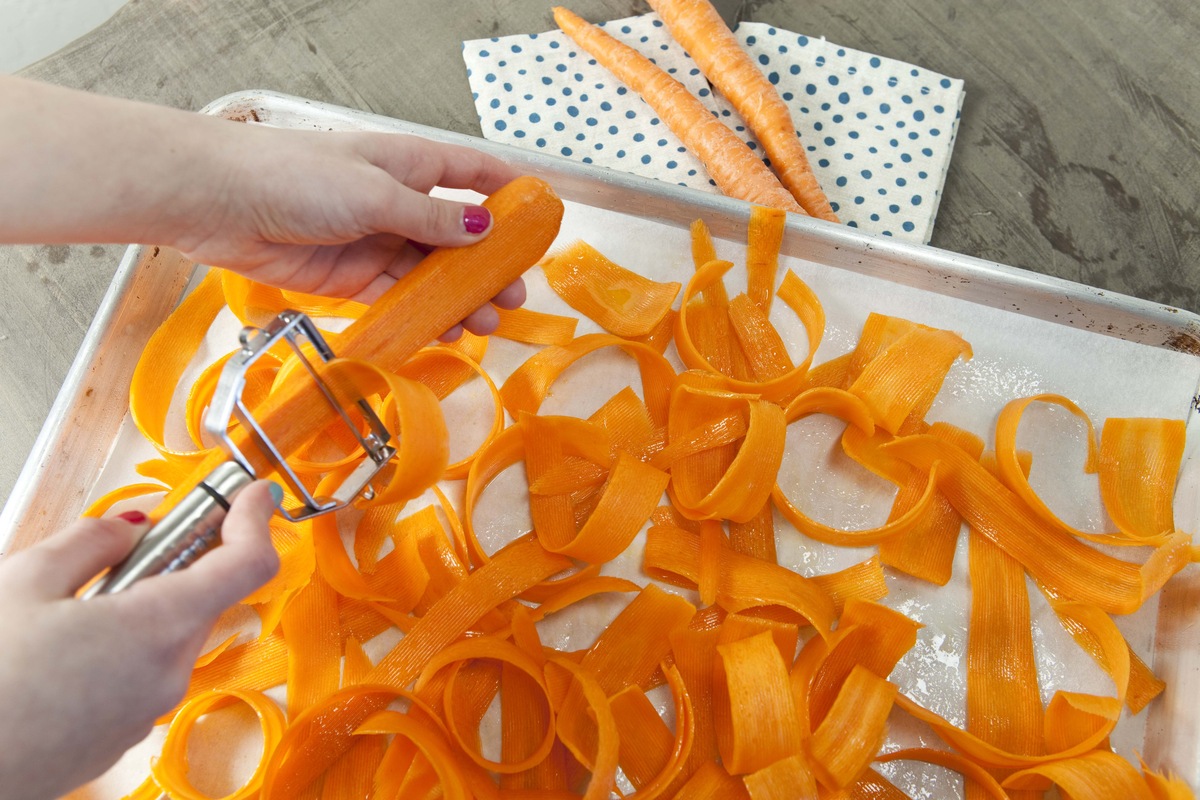
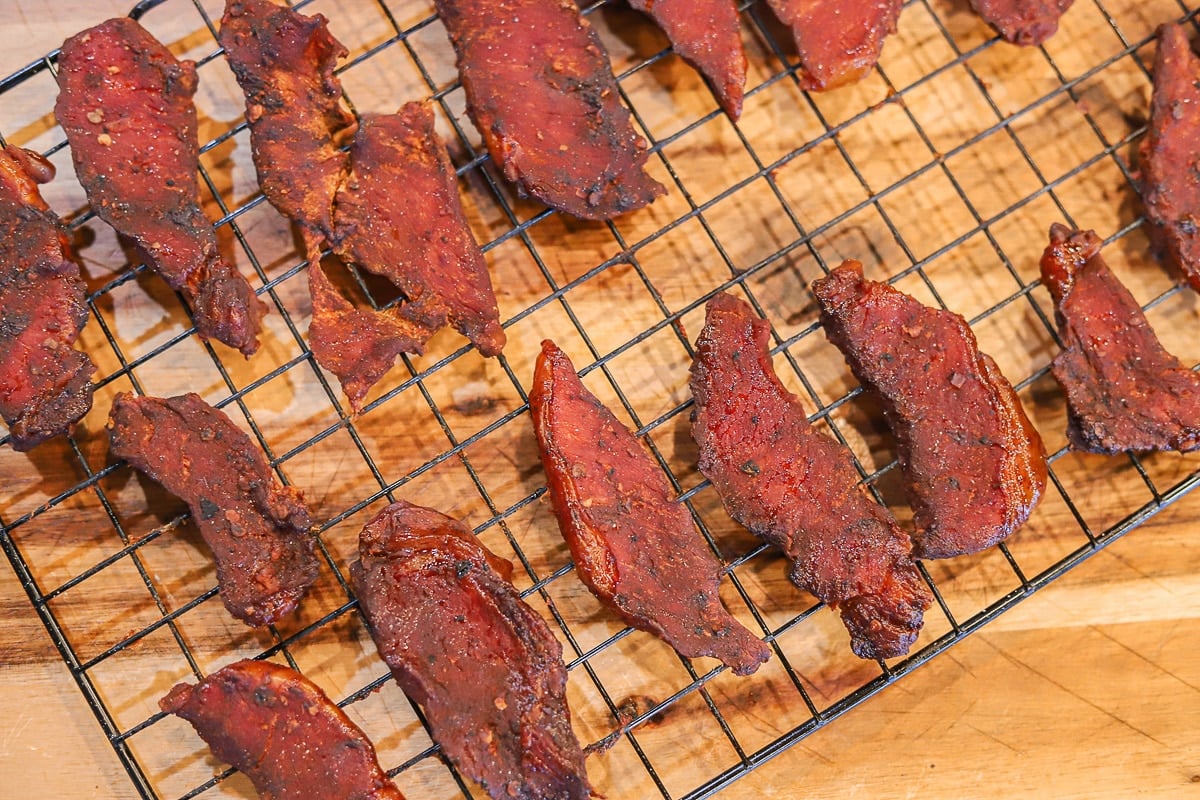
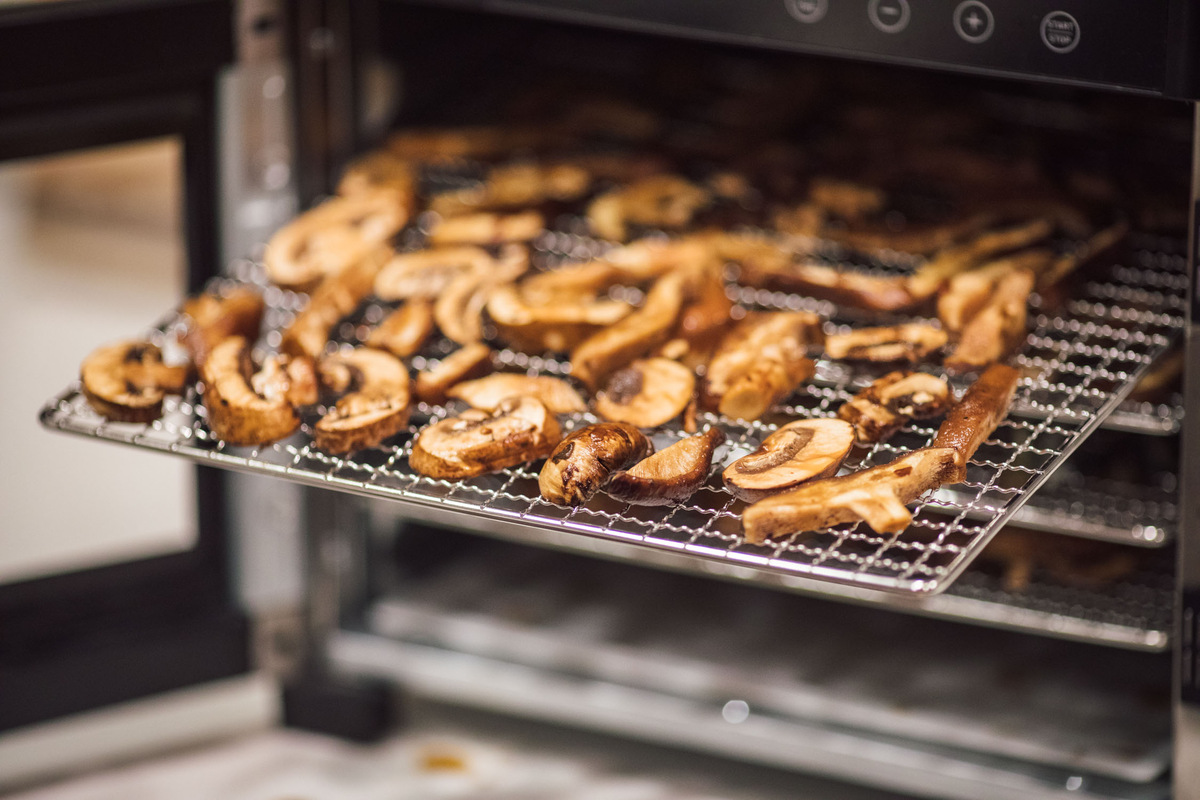
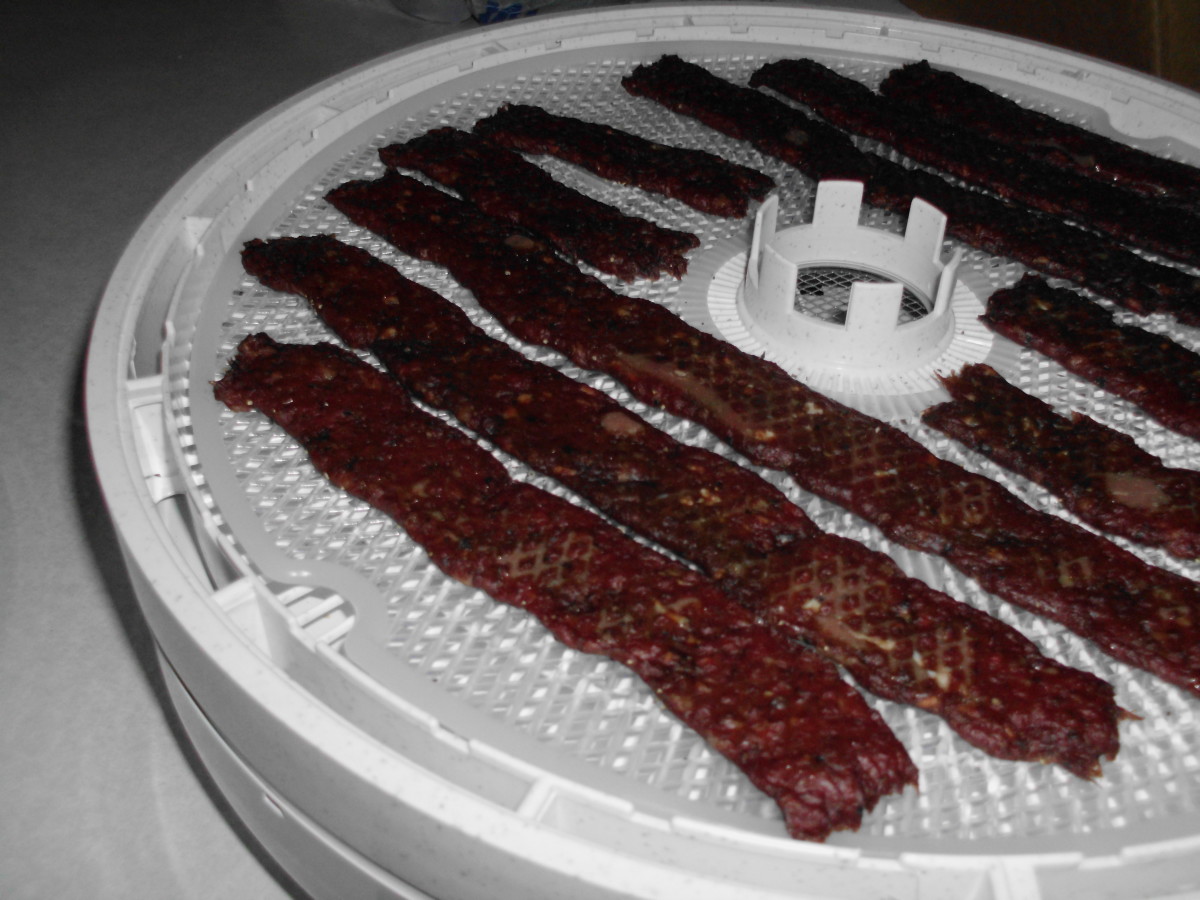
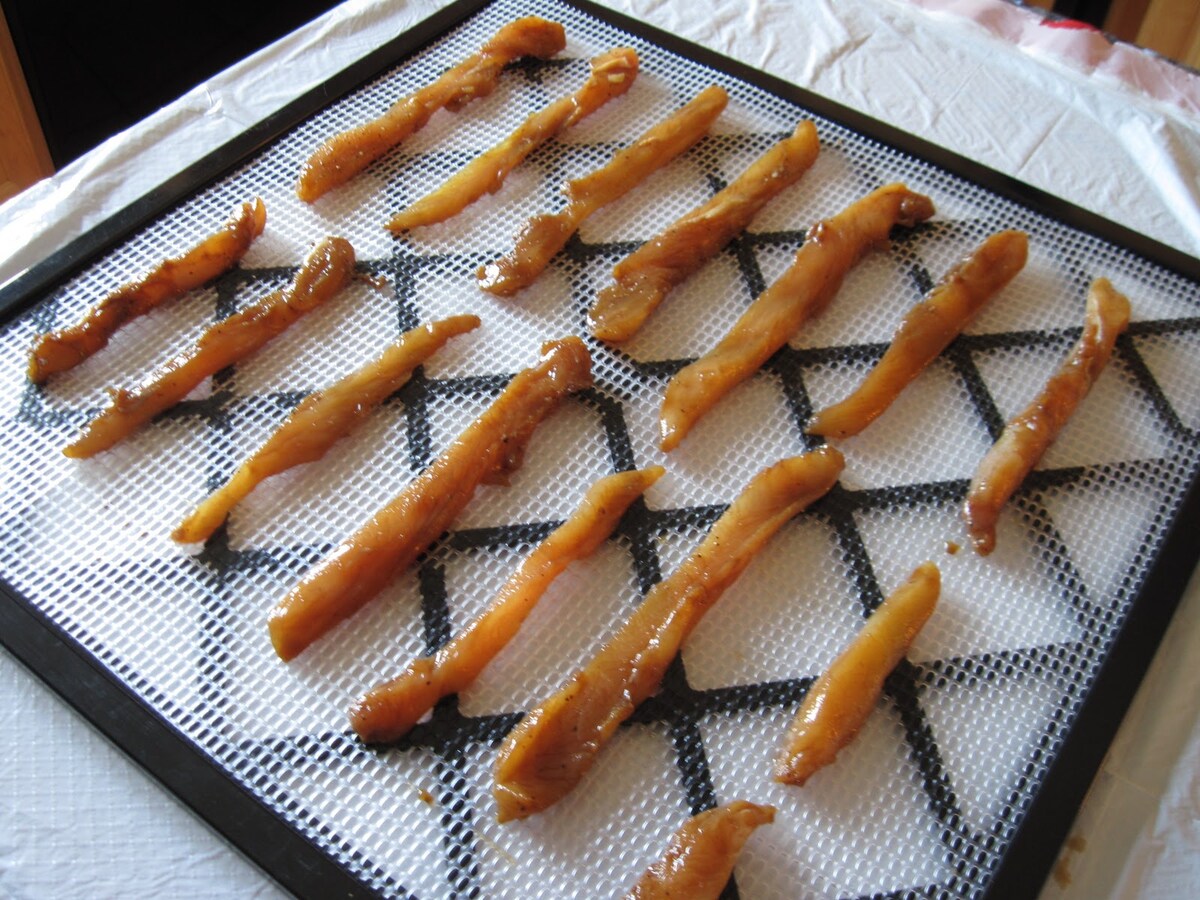
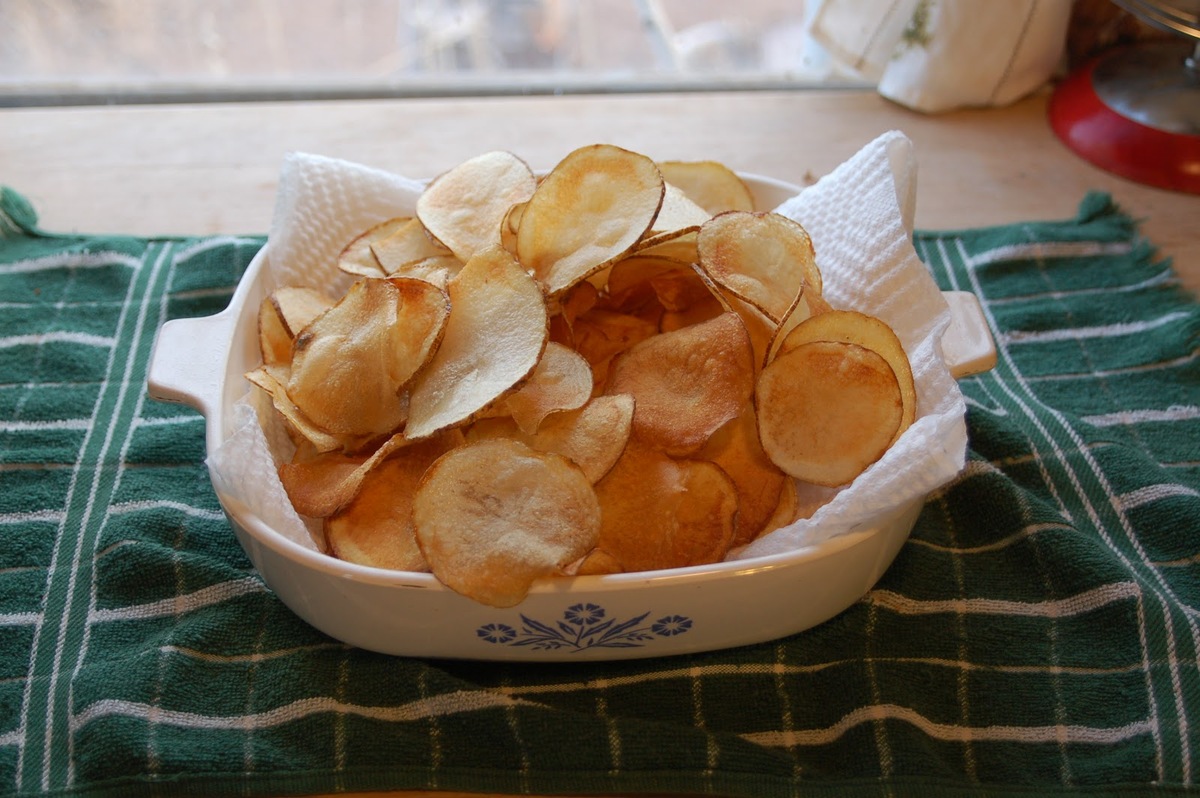

0 thoughts on “How To Make Onion Powder With A Dehydrator”